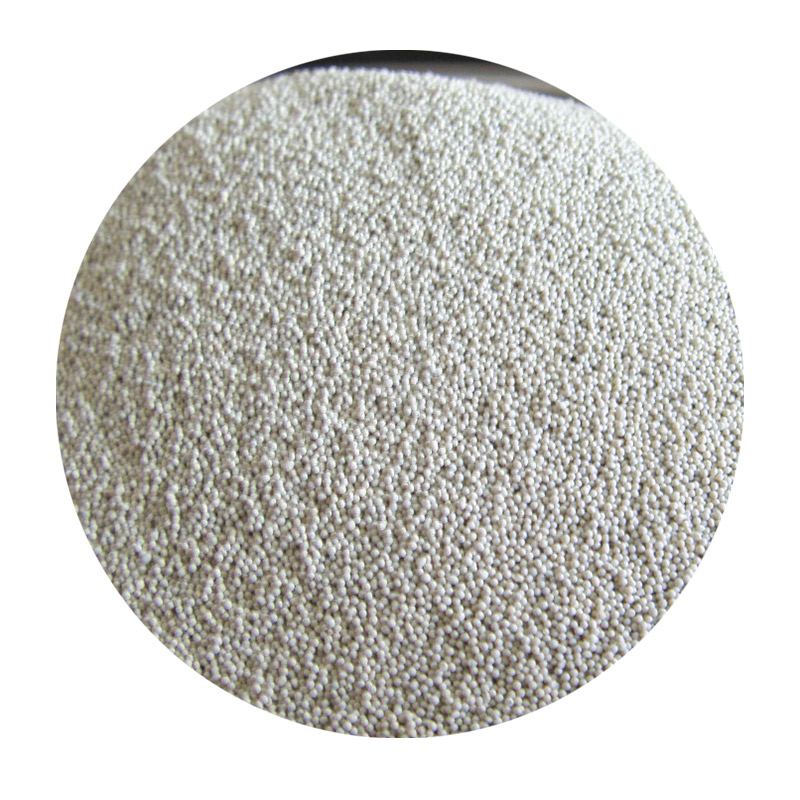The Importance of Sand Casting in Modern Manufacturing
Sand casting, one of the oldest and most versatile metal casting processes, plays a crucial role in contemporary manufacturing. This technique, which dates back to ancient times, remains fundamental for producing intricate and customizable metal parts across numerous industries. The importance of sand casting can be explored through its unique advantages, applications, and contribution to the overall manufacturing ecosystem.
Versatility and Adaptability
One of the primary advantages of sand casting is its versatility. This method can accommodate a wide range of metals, including aluminum, iron, magnesium, and bronze, allowing manufacturers to tailor their products according to specific material properties required for various applications. Additionally, sand casting is well-suited for both small-scale production and large batch manufacturing, making it a go-to technique for industries ranging from automotive to aerospace and beyond. The adaptability of sand casting makes it ideal for creating everything from simple components to complex designs with intricate geometries.
Cost-Effectiveness
Cost is a significant consideration in manufacturing, and sand casting presents an economical option. The process utilizes relatively low-cost materials, such as sand, metal, and additives, which keep production costs down. Unlike other casting methods, such as die casting that require expensive molds, sand casting molds are reusable and can be created more rapidly. This process significantly reduces the startup costs associated with production, allowing businesses to maintain competitive pricing without sacrificing quality. Additionally, the lower capital investment needed for sand casting makes it accessible for small businesses and startups.
Customizability and Design Freedom
importance of sand casting

The design freedom offered by sand casting is unparalleled. Engineers and designers can create complex geometries that would be difficult or impossible to achieve with other manufacturing methods. This flexibility enables the production of customized components tailored to specific applications, enhancing functionality and performance. Sand casting can produce parts with varying wall thicknesses, intricate hollow sections, and complex internal features. This ability to create unique designs has led to its widespread adoption in industries that demand high levels of customization, such as art, architecture, and specialty manufacturing.
Sustainability and Eco-Friendliness
In an increasingly eco-conscious world, the sustainability of manufacturing processes is becoming paramount. Sand casting is notably more environmentally friendly compared to some other methods. The sand used for molds can be reclaimed and reused multiple times, minimizing waste and the need for fresh materials. Additionally, the process consumes less energy, as it typically requires lower temperatures for melting metals compared to processes like die casting or investment casting. Innovations in sand casting, such as the use of eco-friendly binders and sustainable sand sources, further enhance its sustainability, making it an attractive choice for environmentally-conscious manufacturers.
Quality and Durability
The quality of sand-cast products is another key factor in the method's continued importance in manufacturing. Sand casting allows for precise control over the cooling and solidification processes, which contributes to improved mechanical properties. Components produced via sand casting often exhibit excellent dimensional accuracy and surface finish characteristics. Furthermore, the ability to produce intricate designs does not compromise the durability of the finished products. Many industries rely on the toughness and strength of sand-cast metals, especially in applications subject to high stress and wear.
Conclusion
In conclusion, the importance of sand casting in modern manufacturing cannot be overstated. Its adaptability, cost-effectiveness, design flexibility, sustainability, and ability to produce high-quality products make it an invaluable process for numerous industries. As technology continues to advance, it is likely that sand casting will evolve, further solidifying its place in the manufacturing landscape. Through innovative approaches and practices, the sand casting process will remain a cornerstone of efficient and effective metal production for years to come.
Post time:ພ.ຈ. . 12, 2024 03:00
Next:advantages and disadvantages of sand casting
